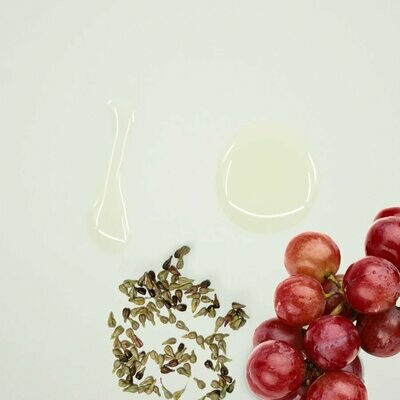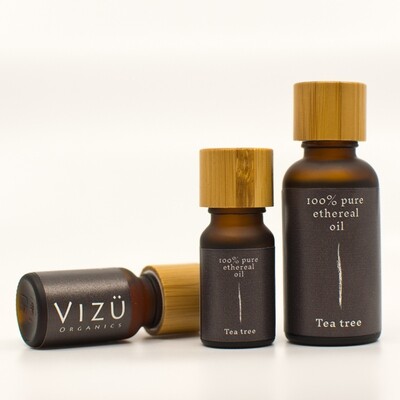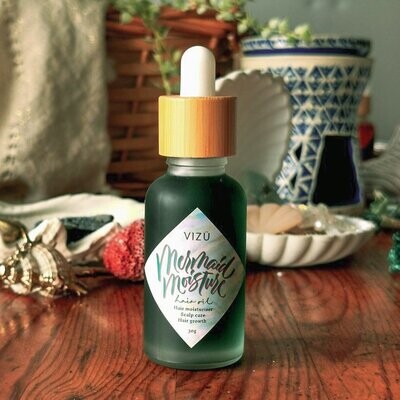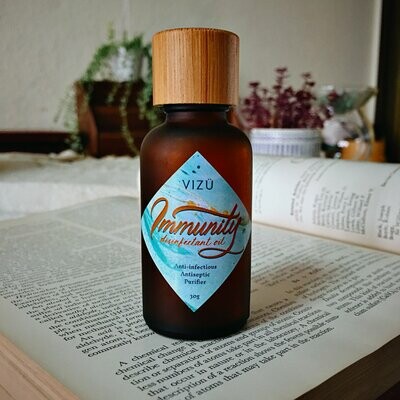Sage ethereal oil
Botanical name: Salvia Officinalis
Precaution: Oral toxin. Avoid in pregnancy and breastfeeding.
If using topically, sage essential oil should not be used at more than a 0.4% dilution(two drops of essential oil in a teaspoon of carrier oil is 0.5%) due to thujone content, which can interfere with brain and nervous system functions.
Sage essential oil should be avoided by people prone to epileptic seizures.
Use with care. Other varieties such as Spanish sage, or clary sage, are safer alternatives to use in therapeutic work.
Because the earth knows
The scent of history,
It gave the people sage.
~Faty Joudah, from The Tea and Sage Poem
Sage is an evergreen plant native to the Mediterranean region. Sage is a herb of ancient repute, it was associated with wisdom and consumed regularly with the belief that it made one wise and strengthened the senses and memory. The name is derived from Latin word “salvare” which means “heal” or “save”. Although there are approximately 500 varieties of sage, Salvia Officinalis is the variety which has been historically used in Western herbalism as the primary sage of commerce.
Sage is highly valued as a culinary and medicinal plant since the ancient Grecian times. Sage was traditionally used to promote wellness in the nervous, digestive, integumentary, reproductive, and immune systems. It also helps to regulate blood sugar, improve appetite, and help with confusion and dizziness, respiratory infections, menstrual difficulties and also digestive complaints. Modern research on sage’s effectiveness as a cognition-enhancing and in imbalances and degenerative diseases such as Alzheimer’s and dementia.
Sage essential oil is an incredible antiseptic and deodoriser, and it also aids with detoxification. It has a stimulating effect on circulation and a focusing effect on the mind and emotions. Sage oil is one of the first herb that came into my mind when formulating IMMUNITY aromatherapy blend because of its incredibly strong disinfectant properties, as well as healthful benefits through inhalation.
The anti-oxidant properties in sage essential oil also help to delay the effects of ageing process and reduce harmful free radicals. Sage essential oil can be used in hair products to control dandruff and restore shine and colour to greying hair. This oil must be well diluted before use as it is highly powerful.
It is recorded in the British Herbal Pharmacopoeia as a specific for inflammations of the mouth, tongue and throat.
Herbal Folk Tradition
Ancient Egyptian women who were unable to bear children were given sage leaves to help them become pregnant. They also used sage leaves as a tonic for the brain.
The Romans called sage, herba sacra, which means “sacred herb.” The Romans and Greeks used sage for snakebites, to invigorate the mind and body, and promote longevity. According to
Hippocrates, the Father of medicine, sage helped women become fertile.
Sage was included among the herbs Emperor Charlemagne ordered to be grown in his imperial
gardens.
In the Middle Ages, sage was used for constipation, cholera, colds, fever, liver troubles, and
epilepsy. The Chinese traded three times the amount of their best tea for the Dutch’s European sage.
In the early 1800s, the freshly crushed leaves were used to remove warts.
Many Swiss peasants and Bedouin Arabs rub sage leaves over their teeth to keep them clean and free of yellow film and stains. The American Indians used a salve from the leaves to heal skin sores. In Europe, sage has been used by women to regulate their menstrual cycle. In Latin America, the leaves are rubbed on insect bites to soothe the skin.
Mothers took the herb to wean the baby off nursing, since sage dries up breast milk.









